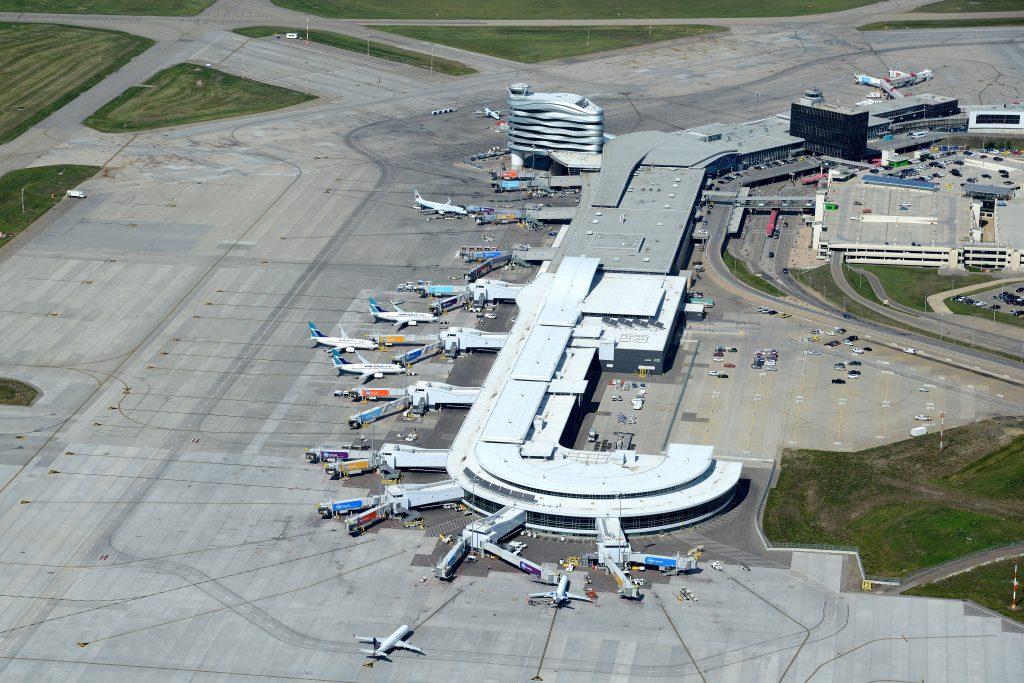
Canada’s fifth busiest airport Edmonton International Airport (YEG) is emerging from the pandemic with 80% of capacity recovered and year-on-year passenger levels up 220%.
After enduring some of the toughest COVID-19 restrictions in the world, Canadian commercial air traffic is finally starting to come out from the cold, particularly in the aftermath of the country dropping pandemic travel rules from Oct. 1.
Demand is “really picking up as we head towards our winter and sun program,” Carmen Donnelly, YEG’s director of passenger demand and air service development, told Routes.
YEG’s connectivity now includes over 55 nonstop routes, more than existed pre-pandemic. New destinations include US cities Nashville (BNA) in Tennessee and Tucson (TUS) in Arizona. New domestic destinations include Charlottetown (YYG), Moncton (YQM) and Nanaimo (YCD).
A long-sought nonstop connection with Frankfurt (FRA) will be launched by Condor Airlines in May 2023.
Donnelly confirmed additional campaigns are afoot to attract new service from the US east coast, particularly from New York City and points in Florida that are not served with nonstop flights. Adding additional European connectivity to complement KLM’s existing Amsterdam (AMS) route is also a priority.
WestJet, Canada’s second biggest airline, remains YEG’s largest operator. The airport is hoping opportunities could arise for the Calgary (YYC)-based carrier to add capacity at Edmonton as the airline pivots back to emphasizing its roots in the Western provinces. “We're excited to be working with them to see what their growth plans lead to in Edmonton,” Donnelly said.
The rapidly expanding Canadian ULCC cadre is fueling a significant chunk of YEG’s growth. Of the airport's overall traffic, 26% comes from YEG-based Flair Airlines along with WestJet ULCC affiliate Swoop and Lynx Air.
In its efforts to attract new air service, Edmonton said it is combating the high fees associated with Canadian airports, which is particularly sensitive for cost-conscious ULCCs. “We do have several different levers,” Donnelly explained.
First and foremost is a Regional Air Service Opportunity Fund with fifteen Alberta stakeholders, including the City of Edmonton, being used to attract service. The fund enhances marketing spending, as well as providing for more attractive gate and landing fees.
YEG has a way to offset fees for its partners, Donnelly noted, highlighting that the airport controls a massive amount of land that features a mall, a casino and a racing track, generating significant non-aviation revenue.
Donnelly pointed to the YEG catchment area’s selling points for business travel: a thriving tech sector and healthcare buoying the region’s traditional strengths in oil and natural gas, and tourism in the Canadian Rockies. Southbound leisure travel is also a big driver as locals look to escape the harsh winter months to warm-weather destinations in Mexico and the US.
